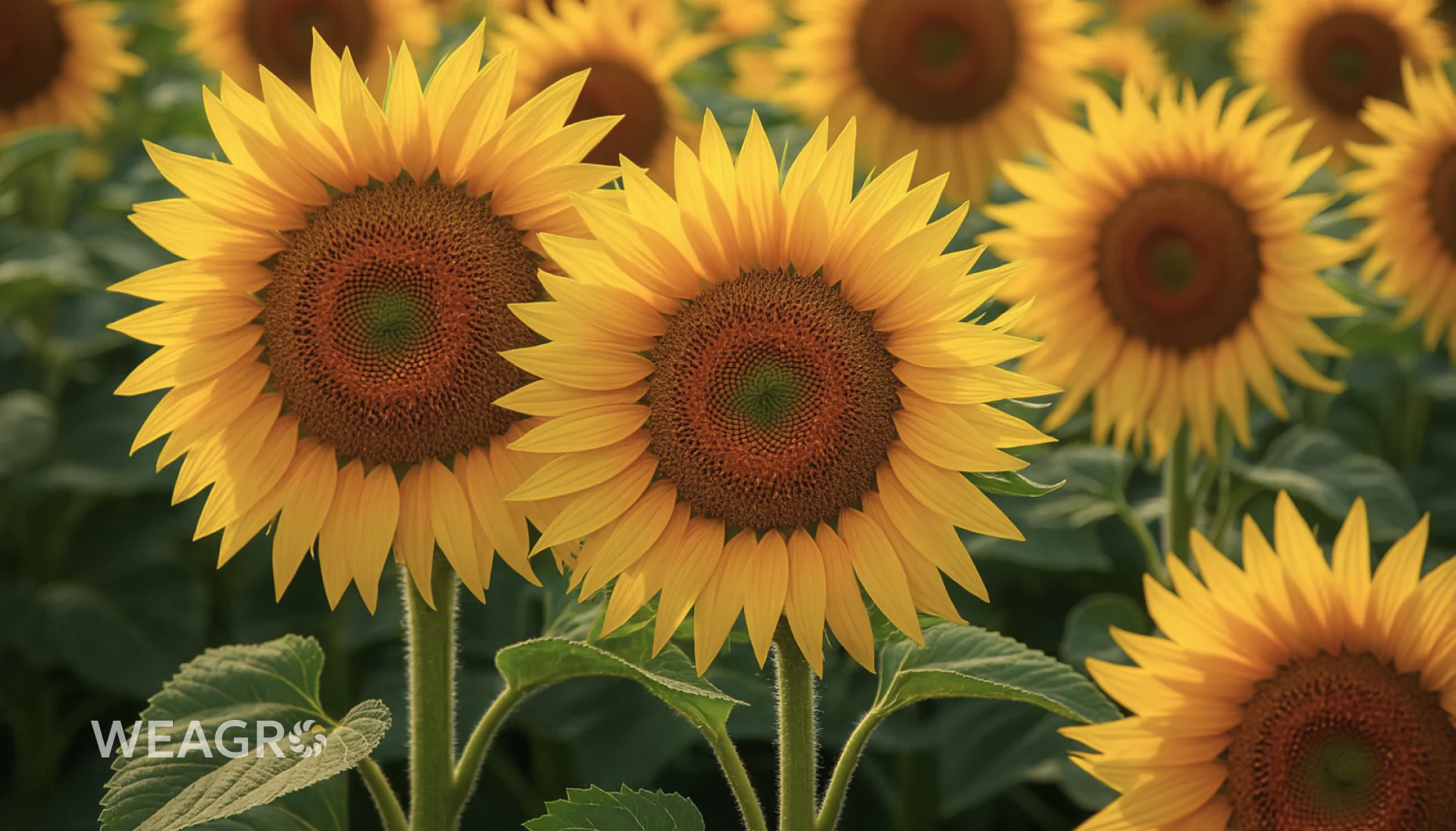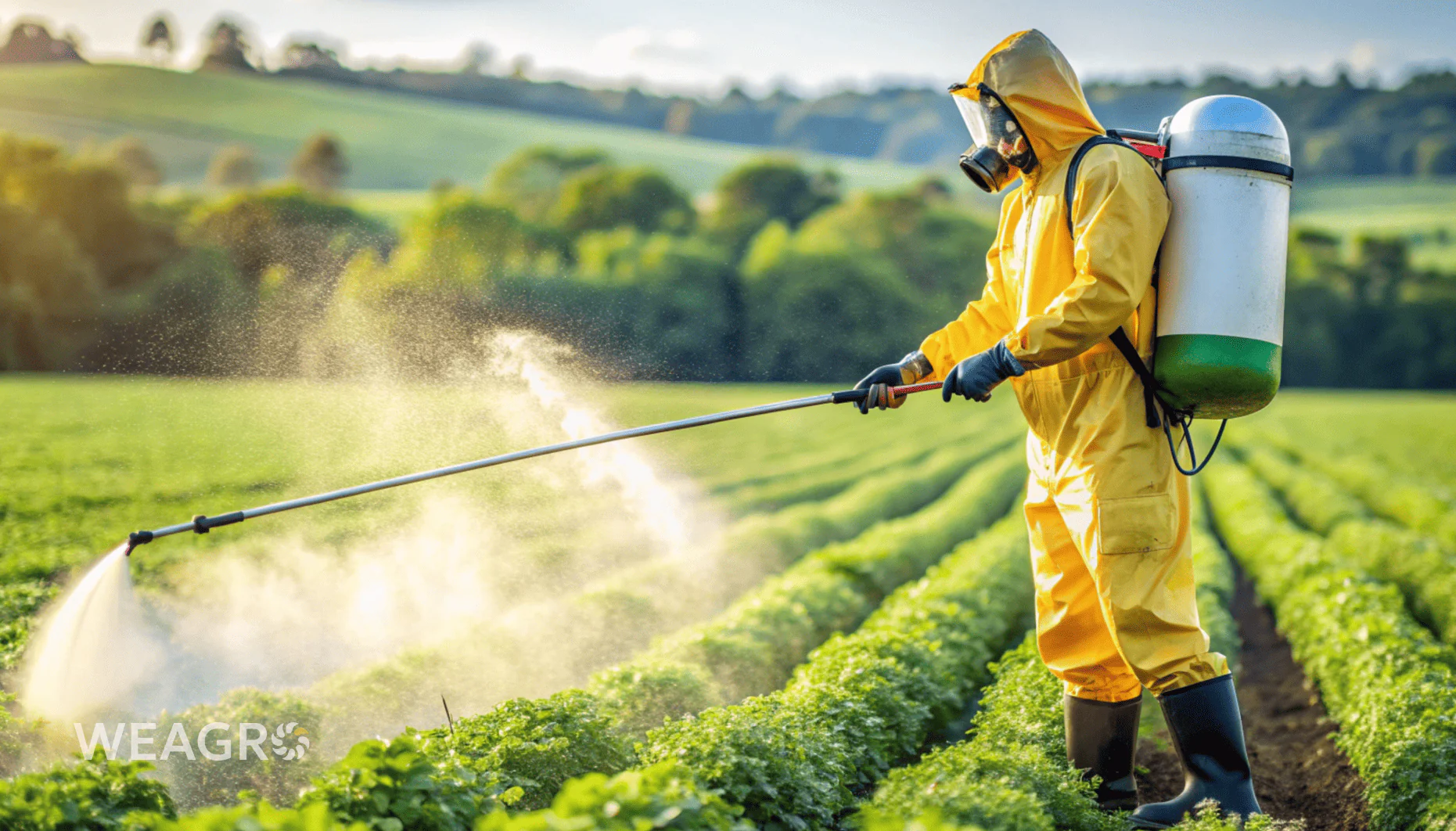The Ukrainian agricultural complex is one of the main sectors ensuring stable contributions to the country’s budget, including through the export of products abroad.
A number of grain and oilseed crops demonstrate a high level of profitability. However, from year to year, depending on global prices for agricultural products, yields, demand, and other factors, the level of marginality and profitability can change significantly. Such changes have been observed in the Ukrainian agricultural market in recent years. Loss of cultivated areas, logistics complications (both storage and international transportation), climate change, increasing costs of fertilizers, plant protection products, and energy resources have negatively affected the financial indicators of grain and oilseed cultivation, while global prices have contributed to a significant drop in crop profitability indicators.
During 2021-2024, sunflower, soybean, and winter rapeseed show the highest level of profitability (EBITDA) across Ukraine, although the profitability level for crops varies over the years, depending on yields and prices in global markets.
Niche Crops
The cultivation volumes of niche crops generally account for about 10% of the total volume. These crops include mustard, rye, millet, buckwheat, oats, triticale, flax, beans, chickpeas, lentils, and peas.
The prospects for cultivation and the level of profitability are determined by both production areas and yield levels, as well as prices and demand levels, including export potential. According to estimates, mustard and rye show the highest profitability indicators. However, other crops, depending on the growing region and markets, can also have sufficient profitability and return on investment indicators.
Sunflower
In 2021, sunflower demonstrated the highest profitability indicators, which was due to both high yields and global prices for raw materials and, consequently, processed products. According to the results of the marketing year, EBITDA was $320/ha. In 2022, sunflower production suffered significantly. Sown areas decreased by 1.5 times to 4.6 million hectares, yield fell from 2.5 to 2.16 t/ha, and accordingly, the gross harvest volume decreased from 17.5 to 10 million tons. The decline in prices on global markets and exchange rate fluctuations reduced the EBITDA of sunflower to $175/ha.
The year 2023 was marked by a slight increase in sown areas (to 5.2 million hectares) and a higher yield than the previous year (2.25 t/ha). However, the collected gross product faced an 11% drop in sunflower prices, which led to a decrease in EBITDA to $165/ha. At the end of 2024 – early 2025, against the background of a decrease in areas to 4.9 million hectares and yields at the level of 2.06 t/ha, sunflower prices increased significantly, contributing to an increase in profitability to $550/ha and EBITDA to almost $980/ha. According to estimates, in 2025, about 5.1 million hectares were sown with sunflower, from which they plan to harvest 11.5 million tons of seeds.
Analysis of sunflower processing products can be ordered at the link
Soybean

In 2021, over 3.4 million tons of soybeans were harvested from 1.28 million hectares, but due to a decrease in world prices, soybean profitability was $274/t ($776/ha). In 2022, against the background of high financial indicators and demand from the EU, and lower cultivation costs than for other traditional oilseed crops, soybean sown areas were increased to 1.5 million hectares, from which 3.7 million tons of harvest were collected, which is 8% more than the previous period. According to estimates, the profitability level of soybeans in 2022 was $225/ha. In 2023, the EBITDA indicator for soybeans increased to $378/ha. So in 2024, farmers sowed over 2.6 million hectares with soybeans (+46% compared to the previous year) and expected high yields. Instead, due to drought and diseases, yields varied significantly by region, fluctuations ranged from 3 t/ha to almost complete crop loss. The average yield across the country was 2.3 t/ha (2.6 t/ha in 2023). The price level for soybeans during 2024, unlike prices for other crops, had a negative dynamic (especially in the second half), which made soybeans unprofitable for some producers.
More details about soybean and rapeseed sales volumes can be found in our research (link)
Rapeseed
In 2021, 3 million tons of rapeseed were harvested, with an average yield of 2.9 t/ha. Due to quick sales and reduced storage costs, EBITDA in the 2021-2022 marketing year was $676/ha
In 2022, areas under rapeseed were increased by 11% to 1.2 million hectares, but a lower yield level (2.8 t/ha) led to only 6% more production than the previous year (3.2 million tons). EBITDA in the 2022-2023 marketing year was estimated at $228/ha. In 2023, cultivation areas were increased to 1.4 million hectares. With yields at the 2022 level, production volumes amounted to about 4.5 million tons. The EBITDA indicator for rapeseed was estimated at $228/ha, exceeding the forecast by 32%. One of the factors was a 52% increase in prices.
Rapeseed is a good predecessor crop as it retains moisture in the soil and ensures yield for subsequent crops in crop rotation. In the current period, due to product shortages, there was an increase in prices both in the domestic and foreign markets in April 2025.
The main direction of soybean processing is biodiesel production. Pro-Consulting company analyzed the biodiesel market in Ukraine and Europe (link)
Mustard
On par with rapeseed, mustard provides high profit indicators. Mustard is a good predecessor that structures the soil, improves biota, and promotes high yields for subsequent crops in crop rotation; it is often grown as a green manure crop. However, seed harvesting, even with low yields, is profitable, with prices for the crop in world markets providing profits in the range of $300-500/ha.
Rye Most of the rye grown in Ukraine is exported to Northern European and North American countries, so the price of rye is constantly changing and has active dynamics – an increase of 6.1% in 2022 due to demand in export markets and increased costs of cultivation and transportation, a decrease of 14.2% in 2023 due to limited export opportunities. The profitability of the crop fluctuates accordingly with price changes. According to estimates, the profit per hectare ranges from $300 to $600 depending on the region.
In the 2025/2026 marketing year, a rye deficit is forecasted in Ukraine. Due to lower yields compared to wheat and low export potential, agricultural producers have reduced rye areas. Against the background of the current market situation, rye prices have doubled from the 2024 indicator, from 6-7 thousand UAH per ton to 12-14 thousand UAH.
Millet According to estimates, the conditional net profit of millet, depending on the region, yield, and cultivation costs, ranged from $70 to $200/ha in 2024. This level was ensured by the price in the domestic market at 7000 UAH/ton, which is 15.4% lower than the previous year’s indicator, and an average yield of 1.8 t/ha.

Buckwheat Although this crop is the cheapest to produce, it has a low yield, which often makes its cultivation unattractive for large farms. In 2021, subsidies were allocated in Ukraine for buckwheat cultivation, which provided profitability of about $50/ha. However, from 2022, the issuance of subsidies was suspended, and such expenses are not included in the State Budget for the current year. In the 2023/2024 marketing year, buckwheat EBITDA was estimated at $30/ha. It should be noted that due to abnormal heat during the buckwheat flowering period in 2025, a decrease in crop yield is forecasted, so the harvest deficit may lead to an increase in consumer prices and maintain profitability at the break-even point.








